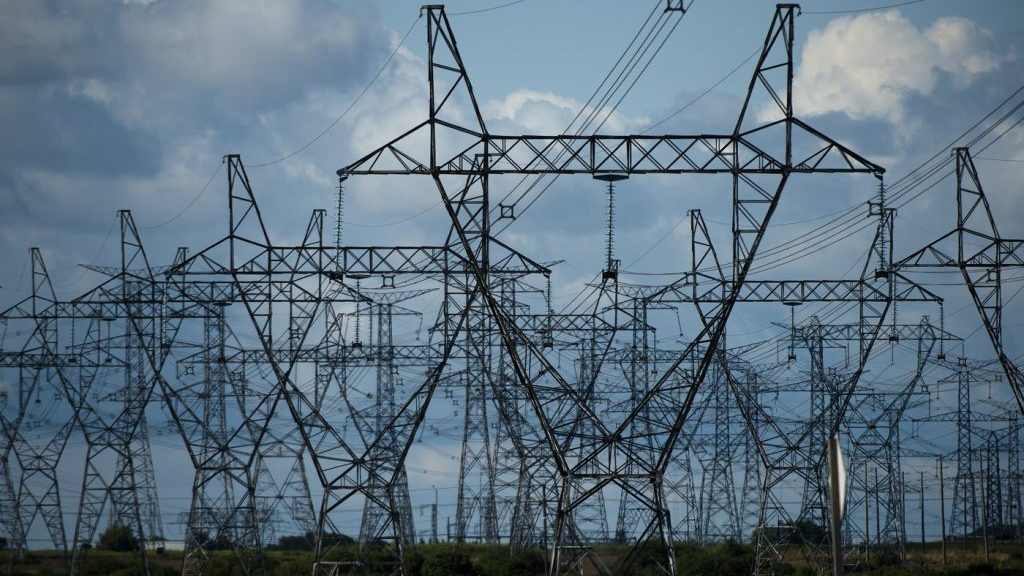OC Transpo’s work to change diesel bus fleet to battery-electric could cost city nearly $1 billion
Posted Jun 12, 2021 05:56:00 PM.
Diesel buses in OC Transpo’s fleet are on their way out, which means battery-electric buses are on their way in.
On Wednesday, the transit commission will hear the bus company’s plan to gradually phase out diesel buses in an effort to build a zero-emission fleet by 2036 at part of the city’s Climate Change Master Plan.
It’s a move that will cost the city close to $1 billion over the first five years of transition to electric buses (the first phase), which is set to be a multi-year project.
Following the recommendations in the report that will be presented Wednesday, staff will start a procurement process for the 450 battery-electric buses needed over the five years from 2022 to 2027, with annual orders being subject to approval by the transit commission and council as part of the annual capital budget.
The first buses to be ordered would be 74 40-foot buses and would be delivered in 2023, the report states, with the first four entering into service later this year.
“The recommendations for the annual orders will be shaped by the continued development of battery-electric bus technology and the market availability of high-capacity and paratransit buses,” the report outlines. “The total cost savings from maintenance of a battery-electric bus is difficult to estimate as no North American transit agency has long term data on this due to how new the technology is.”
To start the transition, the report says maintenance facilities will need to be upgraded to support the upkeep of the new fleet, as well as a the development of a comprehensive training plan for staff.
And over time, as the transition to battery-electric buses nears its end, the removal of infrastructure, tools and spare parts that support diesel buses will need to happen.
The federal government has announced two funding programs to support the transition to zero-emission bus fleets, a loan program through the Canada Infrastructure Bank and grant funding through the Transit Fund.
The unit cost of each 40-foot battery-electric bus is about $1.3 million.
The cost of the charging equipment is about $20 million for the first year’s order of buses, or $83 million for the first five years.
Upgrades to the on-site electrical elements at the St-Laurent garage will cost about $48 million.
There will also be a one-time cost to install a grid and substation upgrades at the St-Laurent garage, an estimated price tag of about $25 million.
A natural gas powered backup generator is also needed to ensure to service continuation during power grid disruptions and is expected to cost $14 million.
The total program cost between 2022 and 2027 for 450 zero-emission buses and their supporting charging infrastructure is projected to be $986 million.
Compared to diesel buses, operating and maintenance costs are expected to be lower for battery-electric buses.
“This allows OC Transpo to achieve the savings required to pay back the Canada Infrastructure Bank loan for the acquisition of buses and charging infrastructure,” the report says. “Based on the experiences of other transit agencies, staff forecast the cost to maintain a 40-foot battery-electric bus to be about 65 percent of the cost to maintain a diesel bus.”
Charging the battery-electric buss will add up to about 40 per cent of the cost to fuel diesel buses, the report adds.
The anticipated lifecycle of these new buses is expect to be the same as diesel buses at 15 years, though the batteries are currently expected to last only 12 years.
The city says it would need to figure out how to operate and maintain such buses that come with the shorter life span.
“Staff will need to plan how to manage the shorter life of a battery within the longer life of a bus, to ensure that all assets are used to their full potential. The theoretical maximum range of the four 40-foot battery-electric buses that are being received in 2021 (New Flyer model XE40 with 528 kWh of energy storage) is 381 km.”
Operating battery-electric buses at this maximum range every day would lead to accelerated battery degradation, resulting in a lower maximum range during the later years of the battery’s lifecycle, the report further explains.
And it would take about four hours to charge each bus' battery, with some needing to charge for several hours as the fleet grows and charging stations are shared between vehicles.
“With no data on the long-term reliability of battery-electric buses there is a risk that these buses will not perform as anticipated in the later years of their serviceable life,” the report warns. “This can impact service, however by phasing the full fleet transition over 15 years this risk can be mitigated.”
There are also currently only limited options for battery-electric 60-foot articulated and double-decker buses.
If options for these high-capacity buses do not meet OC Transpo’s services and do not come to market, a higher number of 40-foot buses could be used to provide the same capacity at a higher operating cost.
“Transitioning to zero-emission buses can have several benefits including improved air quality, lowered corporate GHG emissions, lower noise pollution, and improved working conditions for OC Transpo staff,” the report says. “To meet the goals of the City’s Climate Change Master Plan, the full electrification of public transit is necessary, and the transition to a full fleet of battery- electric buses by 2036 along with expansion of the O-Train system moves the city in this direction.”
The three external firms that were consulted for the report were Dillon Consulting, Envari Energy and Deloitte.








